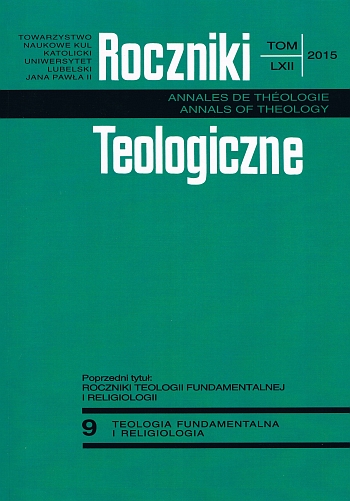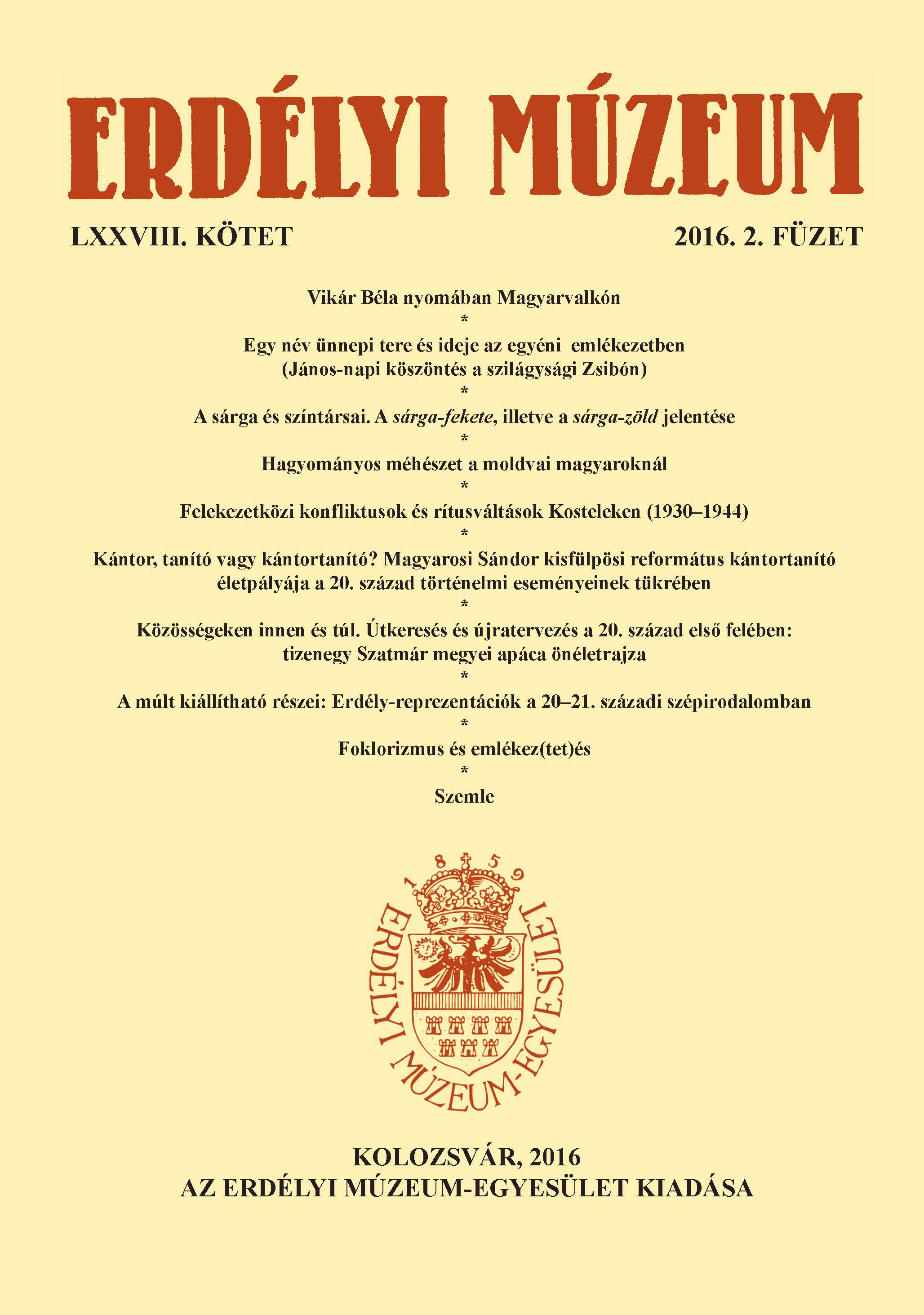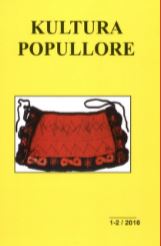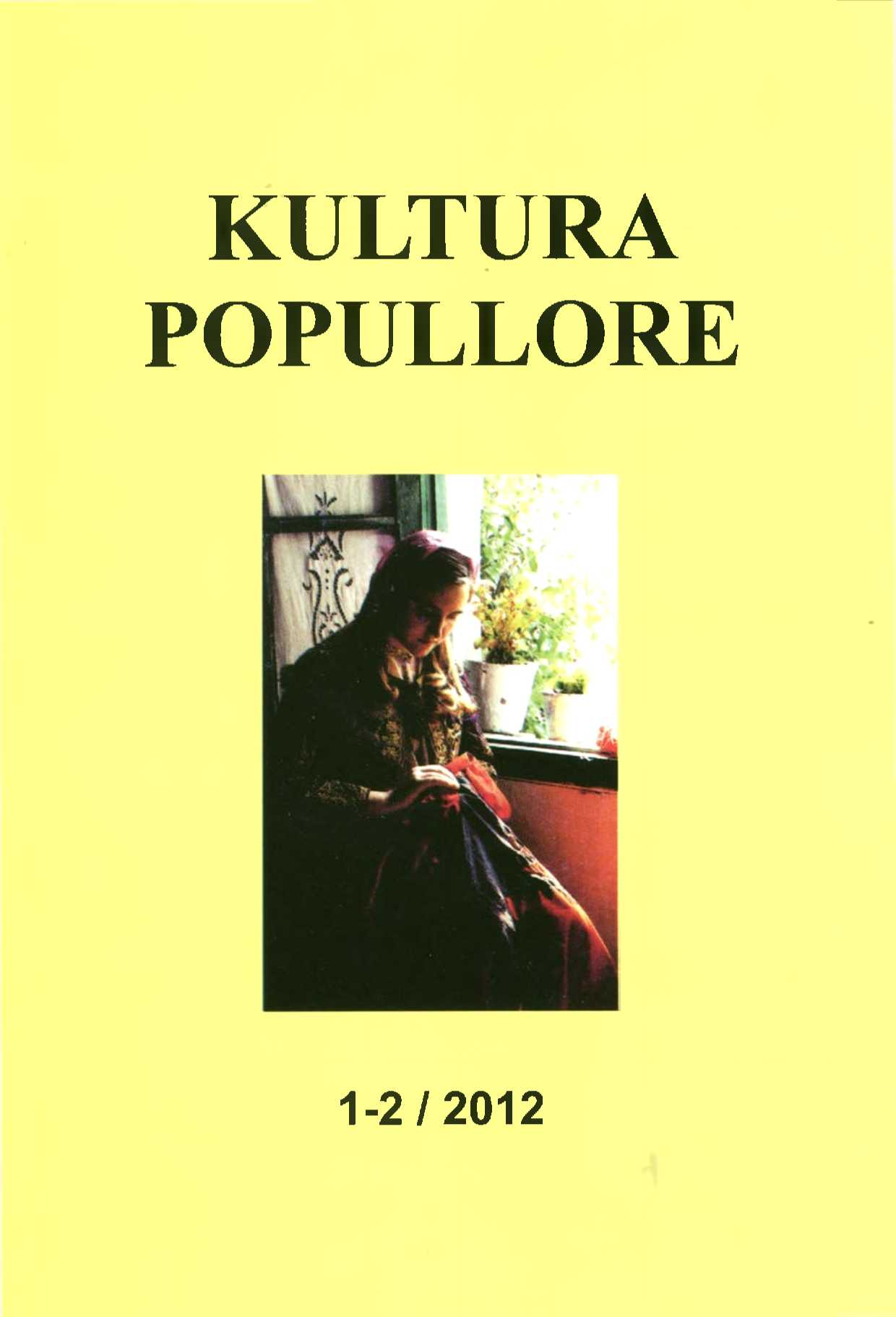
Obrzędy inicjacji chłopców u Ludu Luguru we wschodniej Tanzanii
The article presents boys' initiation ritual among the Luguru people of eastern Tanzania. The author's goal is to show the importance of traditional education in shaping tribal values, gained by young men during this ritual. The development of this problem was based on the literature of authors such as P. Pels, J.L. Brain, T.O. Beidelman and others, and from my own ethnographic fieldwork conducted among the Luguru people on the rituals of passage from 30 March 2003 to 30 April 2003. Boys' initiation was presented by Arnold van Genneps' model. According to this theory, rites of passage are divided into three phases: separation, transition and incorporation. During the Separation phase, the young men disconnect from the community in order to prepare for Transition which will be in the next phase. The Transition phase is a time of symbolic death, the loss of the old name or language. It often includes fulfilment of circumcision, sacrifice, and fasting. This phase can sometimes offer severe trials and tests, during which the novice acquires knowledge related to his sexual, social and religious life. During the last phase, Incorporation, he returns to the community as a new person, a man responsible for his actions and having a higher social status.
More...



